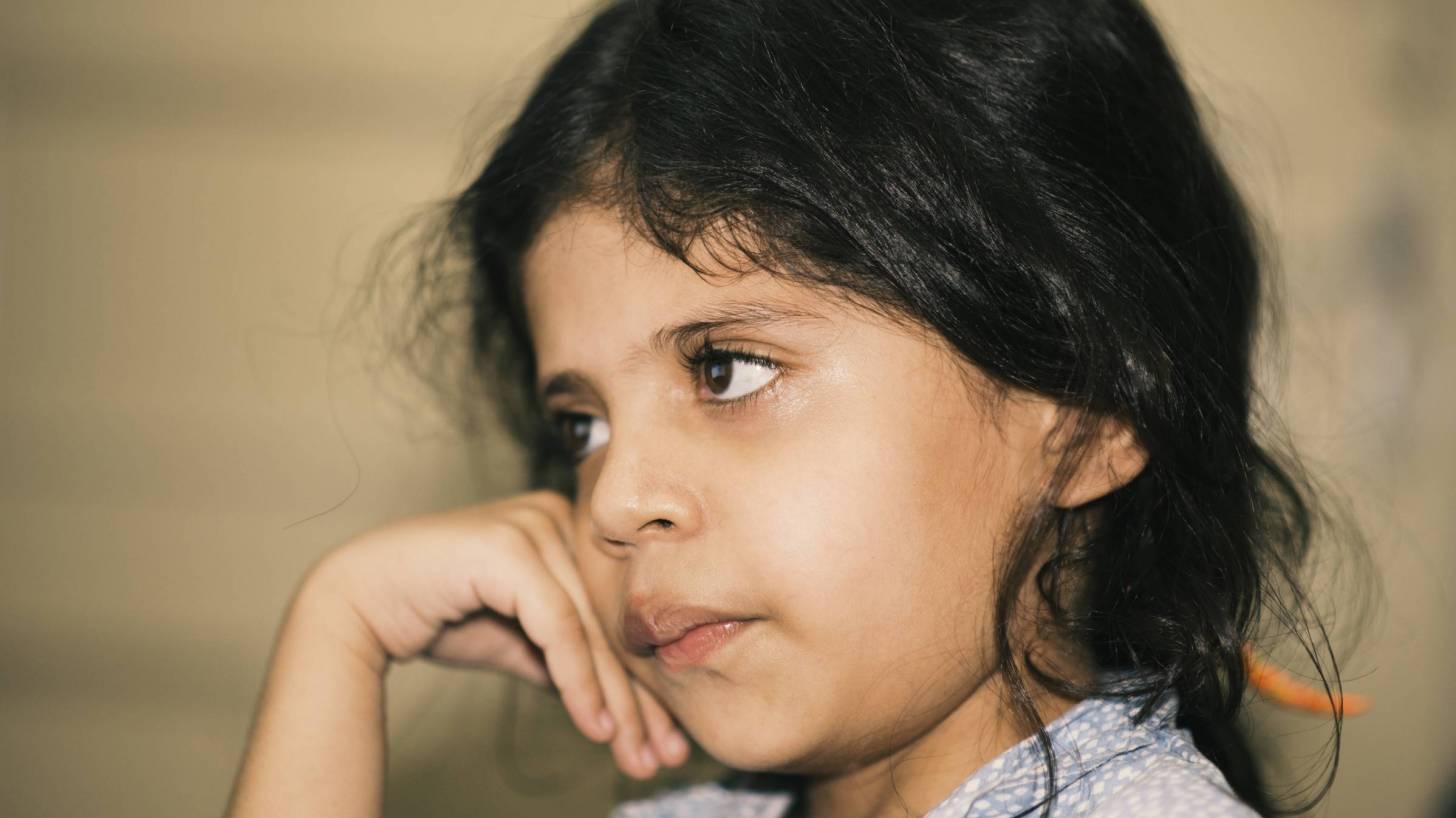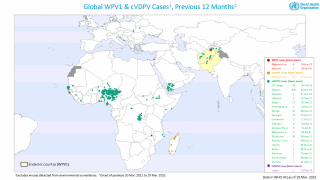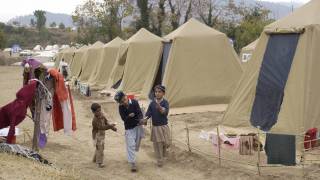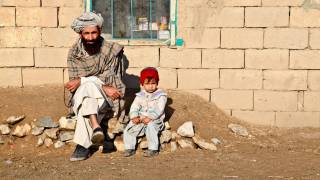Polio Cases Surging in July 2019

The worldwide effort to eradicate Poliomyelitis is confronted with 3 issues in July 2019, an increasing number of cases in existing polio-endemic countries, polio cases reported in additional countries, and the concern the polio vaccine itself is spawning virulent strains.
Most of these polio issues can be traced to a 2016 vaccine decision.
After the 2016 synchronized switch from trivalent oral poliovirus vaccine (OPV) (types 1, 2, and 3) to bivalent OPV (types 1 and 3), the transmission of type 2 circulating vaccine-derived polioviruses (cVDPVs) was detected in countries with populations of children who had missed the vaccination to type 2 poliovirus, prior to the 2016 switch.
According to the Global Polio Eradication Initiative (GPEI) on July 10, 2019, 8 different countries have reported polio cases during 2019.
This week’s GPEI report disclosed:
- New cases (9) of wild poliovirus type 1 (WPV1) were reported in just 1 week. Pakistan has now confirmed 41 WPV1 cases in 2019. This new data compares with just 12 cases reported in Pakistan during 2018.
- China has confirmed 1 case of vaccine-derived poliovirus. A patient from Sichuan province was confirmed with cVDPV2 isolate.
- Angola reported it’s 2nd circulating vaccine-derived poliovirus type 2 (cVDPV2) case in 2019.
Polio, or poliomyelitis, is a crippling and potentially deadly infectious disease. Polio spreads from person to person invading the brain and spinal cord and causing paralysis, says the Centers for Disease Control and Prevention (CDC).
It is caused by poliovirus, for which there is no cure today. Only people with a paralytic infection are considered to have the disease.
Polio has been eliminated from the USA thanks to widespread polio vaccinations. Since 1979, no cases of polio have originated in the United States, says the CDC.
Symptoms
Most people who get infected with poliovirus will not have any visible symptoms. About 25 percent of people with poliovirus infection will have flu-like symptoms that may include Sore throat, Fever, and Tiredness.
These symptoms usually last 2 to 5 days then go away on their own.
A smaller proportion of people with poliovirus infection will develop other more serious symptoms that affect the brain and spinal cord. Paralysis is the most severe symptom associated with polio because it can lead to permanent disability and death.
Even children who seem to fully recover can develop new muscle pain, weakness, or paralysis as adults, 15 to 40 years later. This is called post-polio syndrome.
Transmission
Poliovirus only infects humans. It is very contagious and spreads through person-to-person contact. The virus lives in an infected person’s throat and intestines.
You can get infected with poliovirus if you have feces on your hands and you touch your mouth. An infected person may spread the virus to others immediately before and about 1 to 2 weeks after symptoms appear.
People who don’t have symptoms can still pass the poliovirus to others, says the CDC.
Prevention
Dr. Albert B. Sabin, best known as the developer of the oral live-virus polio vaccine. Convinced the poliovirus lived primarily in the intestines, Dr. Sabin focused on isolating a mutant form of the poliovirus incapable of producing the disease and thereby safe for introduction to the human body.
This avirulent virus would reproduce rapidly in the intestines, displacing lethal forms of the poliovirus and providing protection from the disease. Dr. Sabin's ultimate vision was to identify a live, safe variant poliovirus that could be administered orally to combat poliomyelitis.
Dr. Sabin and his research associates first ingested the live avirulent viruses themselves before experimenting on others. The oral vaccine was first tested outside the USA from 1957 to 1959.
Ultimately, a successful Sabin vaccine was used to eradicate polio throughout the world.
Polio vaccine protects children by preparing their bodies to fight the poliovirus. Almost all children who get all the recommended doses of vaccine will be protected from polio.
There are two types of vaccine that can prevent polio: inactivated poliovirus vaccine (IPV) and oral poliovirus vaccine (OPV).
Only IPV has been used in the United States since 2000; OPV is still used throughout much of the world.
Poliovirus news
- Polio Vaccinations Receive $100 Million Dollar Boost
- Wild Poliovirus Eradication Can Be Achieved
- Hajj Vaccination Requirements Updated for 2019
The strategy to eradicate polio is based on preventing the infection by immunizing every child to stop transmissions.
For additional information on countries with polio circulation and vaccine recommendations, consult the travel notices on the CDC Travelers’ Health website.
'Vaccines are an important part of pre-trip planning because they help prevent the spread of local diseases. A good example is the polio vaccine,” said Maegan Whisenhunt, PharmD candidate, Brookshires Grocery Company.
“Since polio has been eradicated in the United States there are currently no recommendations for polio vaccinations for adults in the US."
"However, depending on where patients are traveling to, they may need to receive a booster polio vaccination at least 4 weeks before traveling,” continued Whisenhunt.
Pre-trip, polio vaccine counseling appointments can be scheduled with a local pharmacy at Vax-Before-Travel.
Vaccines, like any medicine, can have side effects. You are encouraged to report vaccine side effects to the CDC.
Our Trust Standards: Medical Advisory Committee














